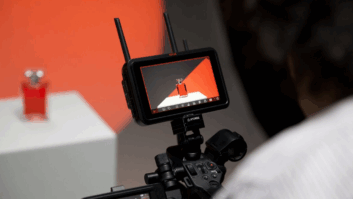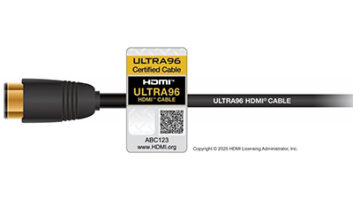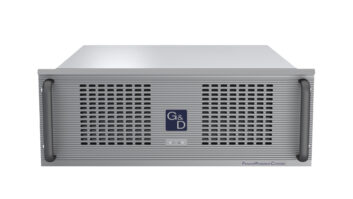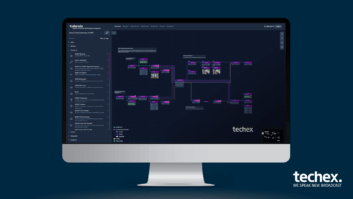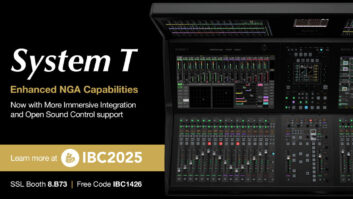Atomos has released a RAW over HDMI recording solution for the Ninja V HDR monitor/recorder in combination with Nikon Z 6 or Z 7 cameras.
The Z 6 and Ninja V combination will allow users to deploy the full quality and flexibility of RAW video shooting with a full-frame sensor, recording in 12-bit 4K UHD resolution.
ProRes RAW combines the flexibility of RAW video with the real-time performance of ProRes. The format gives filmmakers latitude to adjust the look of their images and extend brightness and shadow detail.
Ninja V users can now update with the free AtomOS 10.2 to enable RAW recording from HDMI. At the same time, a new Nikon service procedure installs RAW video output functionality to the two Z series cameras, empowering Nikon Z 6 and Z 7 cameras to output 12-bit 4K UHD or full-HD RAW via a 4K HDMI 2.0 cable to the Atomos Ninja V.
The upgraded Z 6 or Z 7 camera delivers the RAW data from its image sensor to the Ninja V without in-camera processing. The Ninja V records the RAW data onto removable SSD drive in the ProRes RAW format. When shooting is complete, the drive is removed and connected to a computer via USB for offload and editing.
ProRes RAW files are also smaller than other RAW files, and are fully supported in Final Cut Pro X along with a collection of other apps including ASSIMILATE SCRATCH, Colorfront, FilmLight Baselight and Grass Valley Edius. Adobe and Avid have announced that Premiere Pro and Media Composer will support ProRes RAW in 2020.
Atomos CEO Jeromy Young said: “Until now, RAW video was the domain of dedicated cinema cameras that are either limited in features or priced far beyond the reach of most filmmakers.
“Working in collaboration with Nikon, we’ve given two mirrorless cameras the capability to record in the Apple ProRes RAW format, and the message this sends to video content creators everywhere is game-changing. It tells them to upgrade their ambitions even more, and to aim for the cinematic quality they probably assumed was out of their reach – because it’s now possible.”
